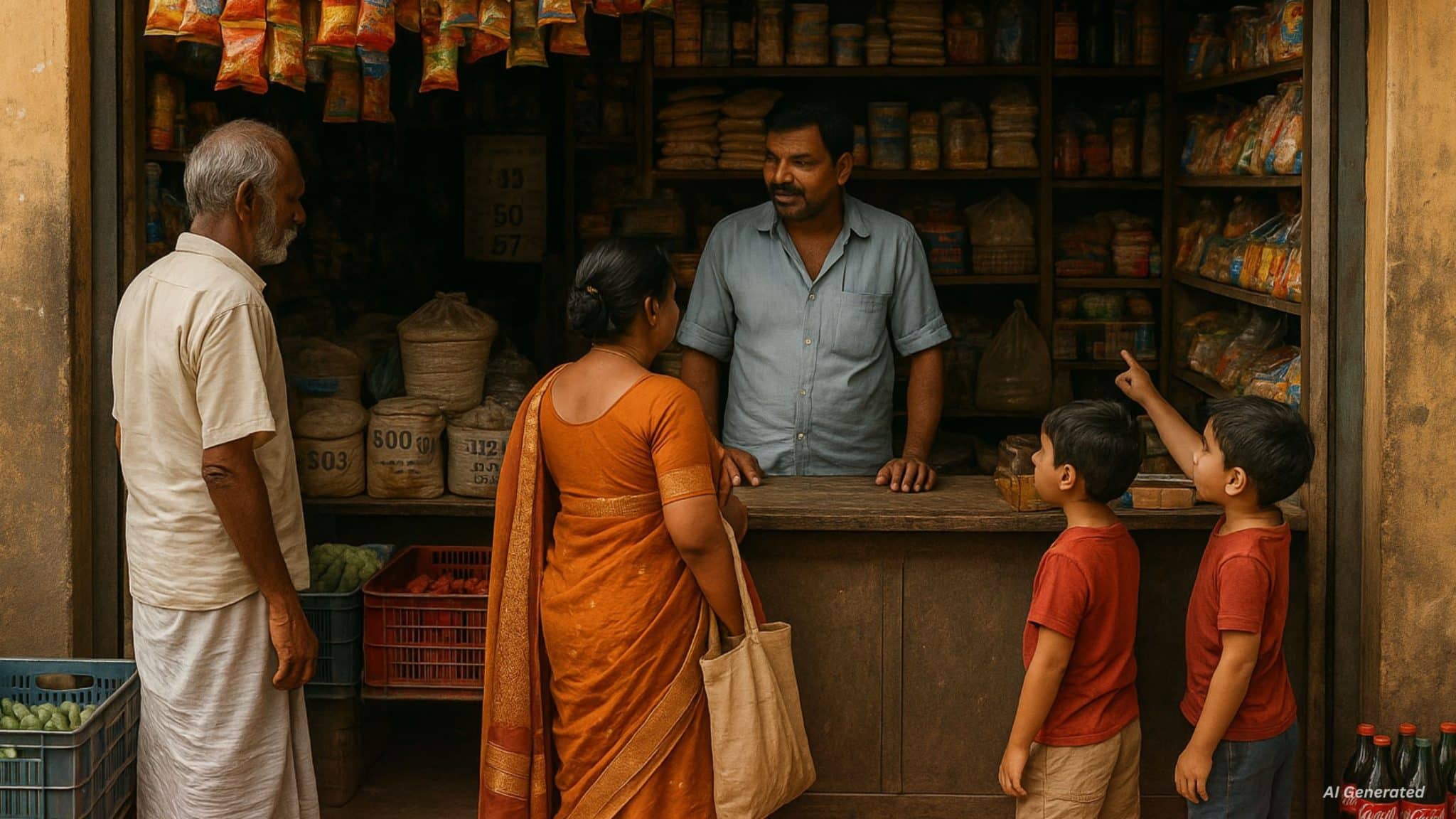India’s retail sector is poised to become a more than $1.6 trillion opportunity by 2030, offering immense headroom for sustained growth. While essential categories will continue to drive the majority of spending, discretionary spending is expected to lead the next wave of expansion.
Despite this remarkable growth, the supply landscape remains highly fragmented and is expected to remain so in the long term, with regional and unbranded brands expected to contribute over 70% of the market by 2030. Regional diversity, price sensitivity, and complex supply chains have created a fragmented supply in India, where only ~350 brands have crossed the $100 million revenue mark, just 1/8th of China’s ~2,800 brands.
The study reveals that the heterogeneous consumer preferences in India have led to the emergence of an extensive range of SKUs, further underscoring the supply fragmentation. The report exemplifies the above through a deep dive on specific verticals, such as sarees, home decor, toys, spices, and makeup, each of which witnesses the requirement of a wide range of SKUs to drive material demand
Key Insights from Redseer’s Report
- Fragmentation is a Defining Characteristic of Indian Retail
- A Widespread Challenge: Supply fragmentation exists across categories, making it challenging for brands to scale at a national level.
- Root Causes: The fragmentation is driven by three primary factors:
-
- Diverse Regional Preferences – India’s culture, language, and tastes change every few kilometers, leading to high SKU proliferation across categories such as snacks, spices, food grains, apparel, jewellery, and home decor.
-
- High Price Sensitivity – A large share of consumers favor small-ticket transactions and prioritize affordability over other factors while making purchase decisions.
- Complex Supply Chains – Multiple unorganized intermediaries exist at both sourcing and distribution levels, making efficient supply chain management a challenge.
- General Trade (GT) Continues to Dominate but Faces Structural Challenges
- GT has thrived due to its accessibility, ability to enable small transactions, and deep integration with local supply chains.
- It effectively caters to hyper-local consumer preferences but is plagued by an inefficient value chain and operates quite informally, leading to sub-par experiences for the end consumer in terms of pricing, availability, and standardization.
- Organized Retail is Rapidly Gaining Ground
- Offline and online organized retailers are actively solving for inefficiencies in the market through better sourcing strategies, improved application of technology, and infrastructure innovations.
- As a result, organized retail is projected to become a $600 billion+ segment by 2030, capturing over 35% of the total retail market.
- Shift in Market Power Towards Organized Distribution Channels: With organized retail models scaling rapidly, power dynamics are shifting away from legacy pan-India brands towards organized distribution networks.
- To sustain growth, organized players will need to tap into the vast unbranded segment alongside traditional branded offerings, enabling deeper market penetration.
- Multiple Organized Retail Models to Scale and Win
- Organized retail models are evolving alongside the trinity of assortment, value, and convenience, in order to serve the heterogeneous consumer needs
- There is a clear need & space for multiple such models to scale and sustain, alongside the widespread GT-led distribution
The study highlights that organized retail is outpacing the growth of legacy pan-India brands, enabling channel partners to wield more influence in the market. Brands, policymakers, and ecosystem enablers must adapt by investing in supply chain efficiencies, digital enablement, and consumer-centric innovations to remain competitive.
“Scaling ahead will require organized retail models to also address the regional and unbranded consumption, in addition to the branded segment that they’ve traditionally targeted. Offline & online players are adopting a mix of strategies, such as backward integration, private labelling, and supply aggregation, to target this opportunity.”, said Kushal Bhatnagar, Associate Partner, Redseer Strategy Consultants.

